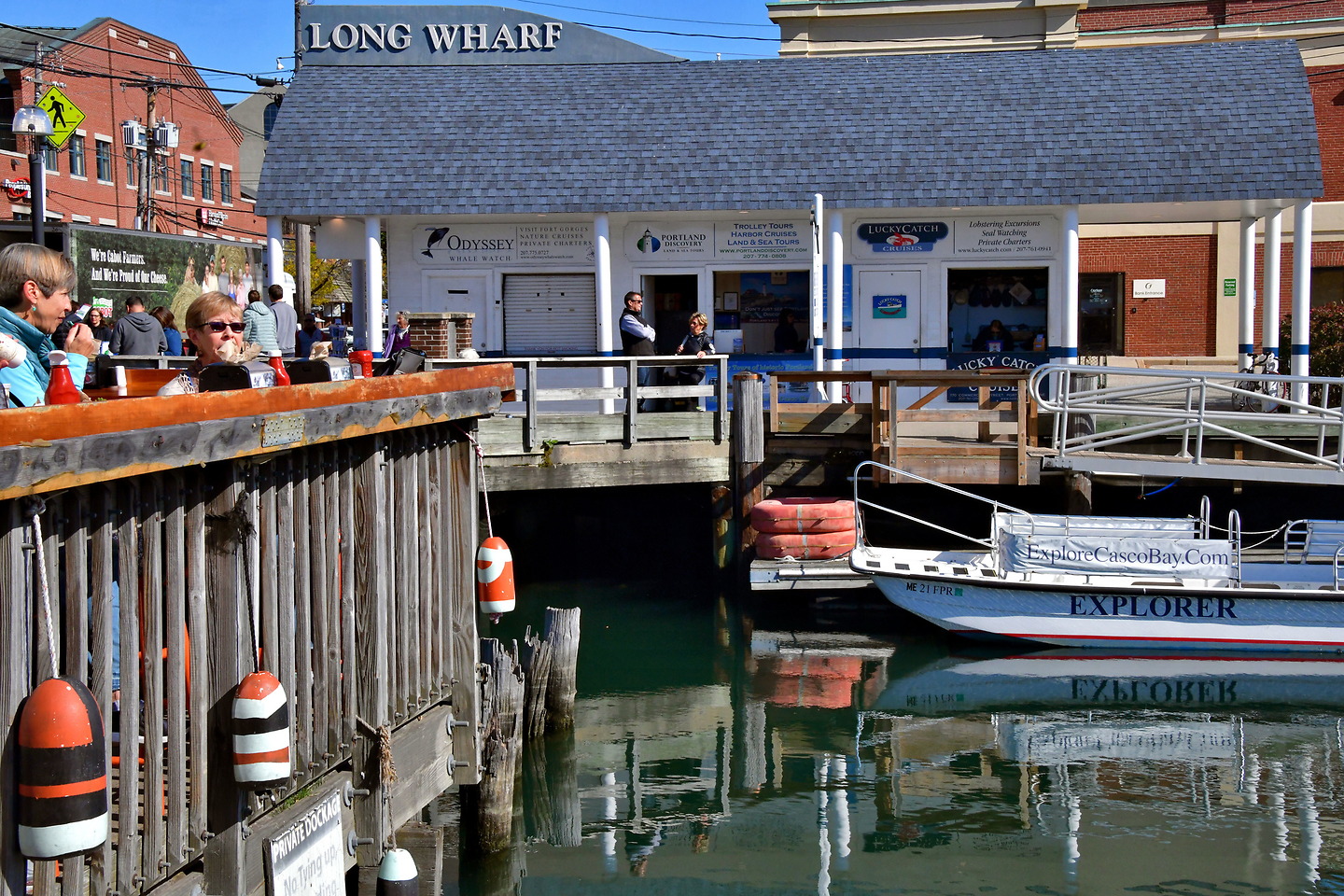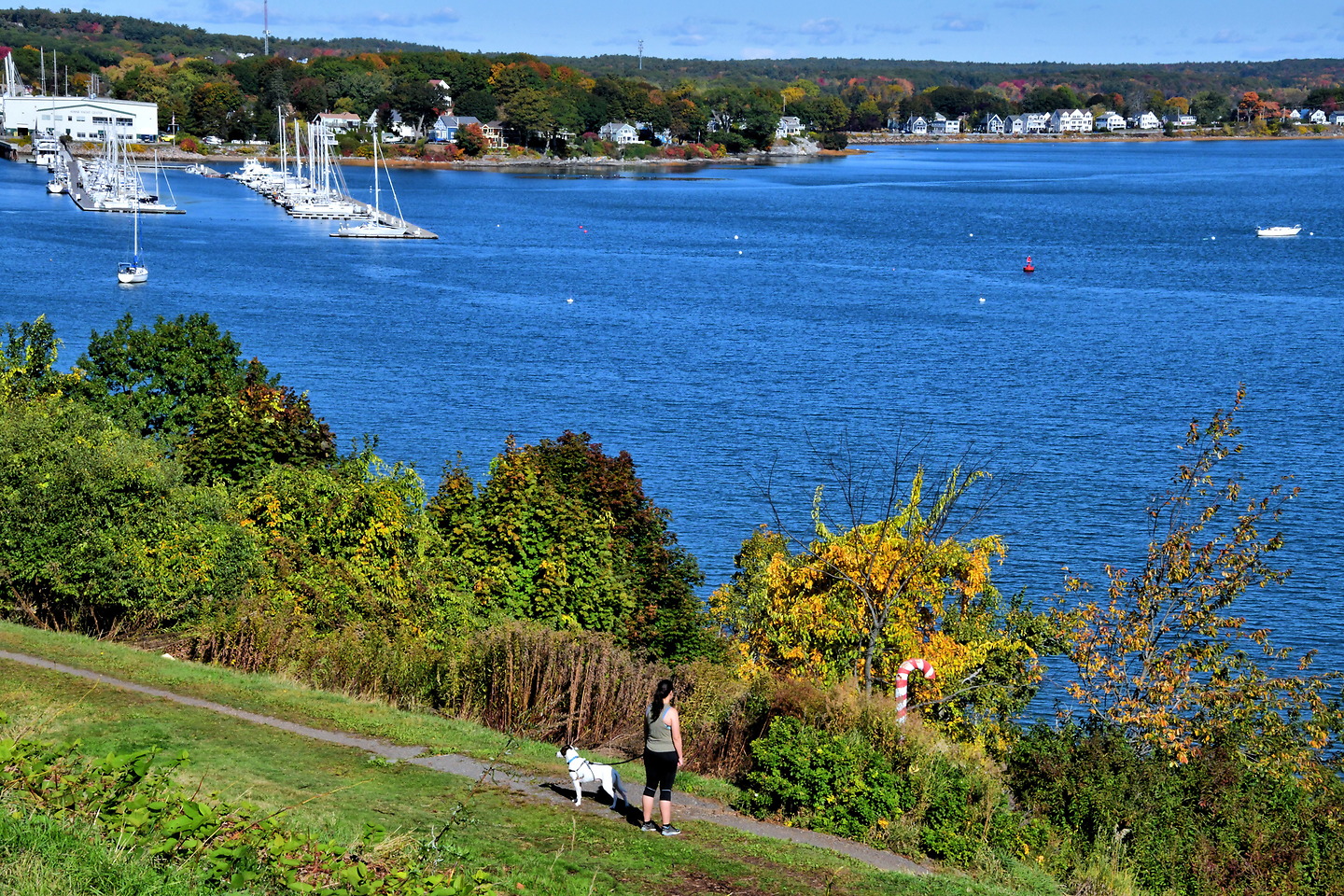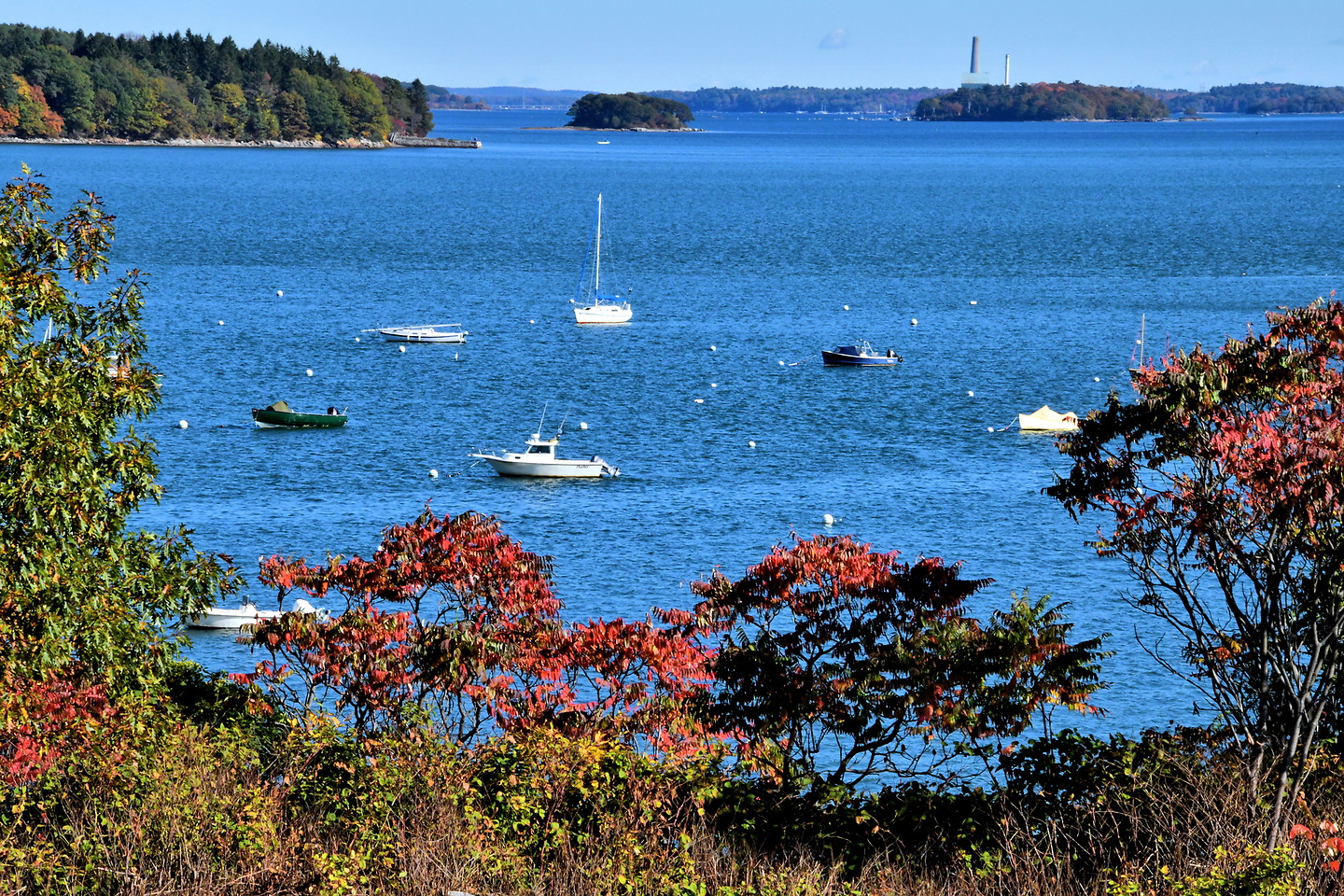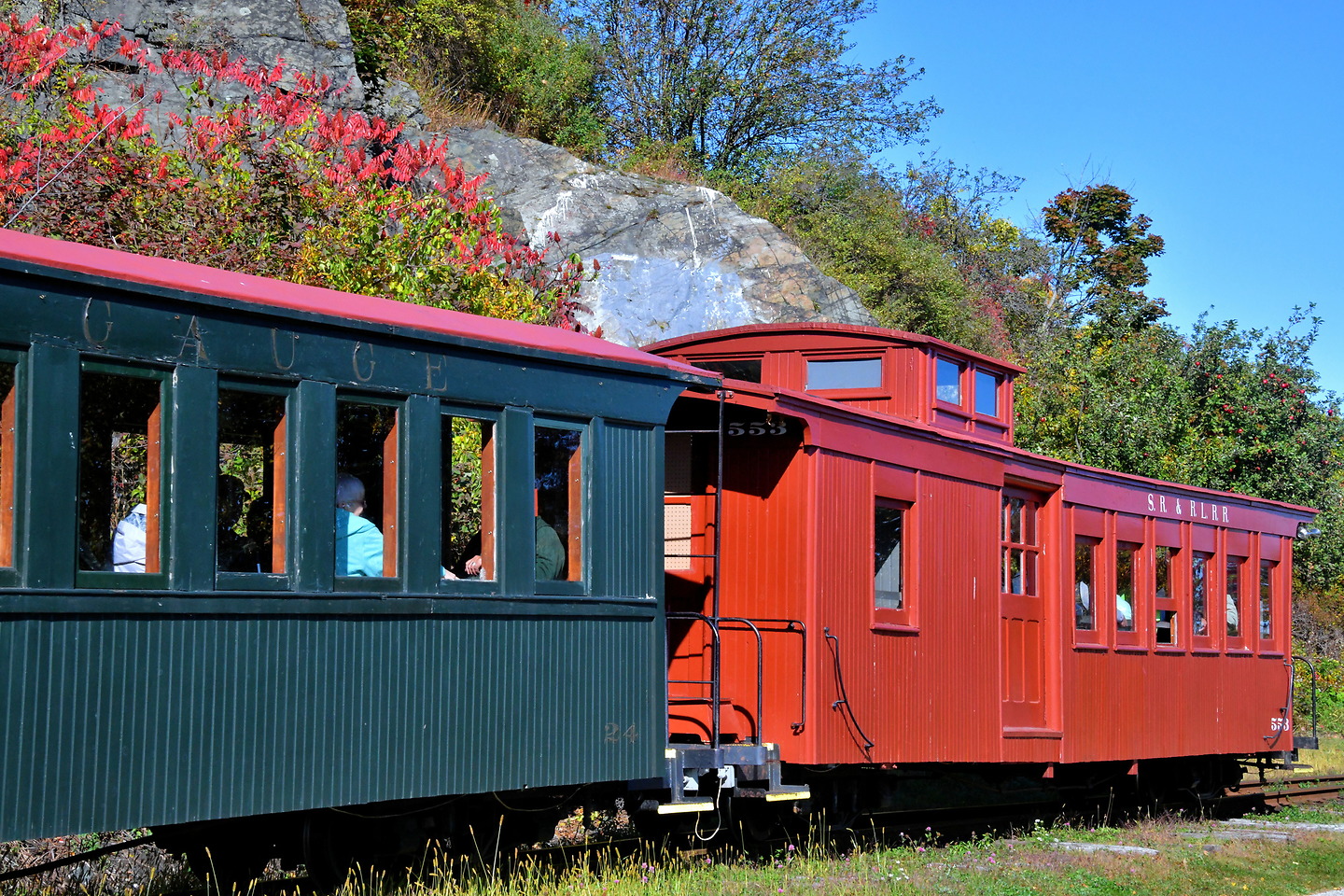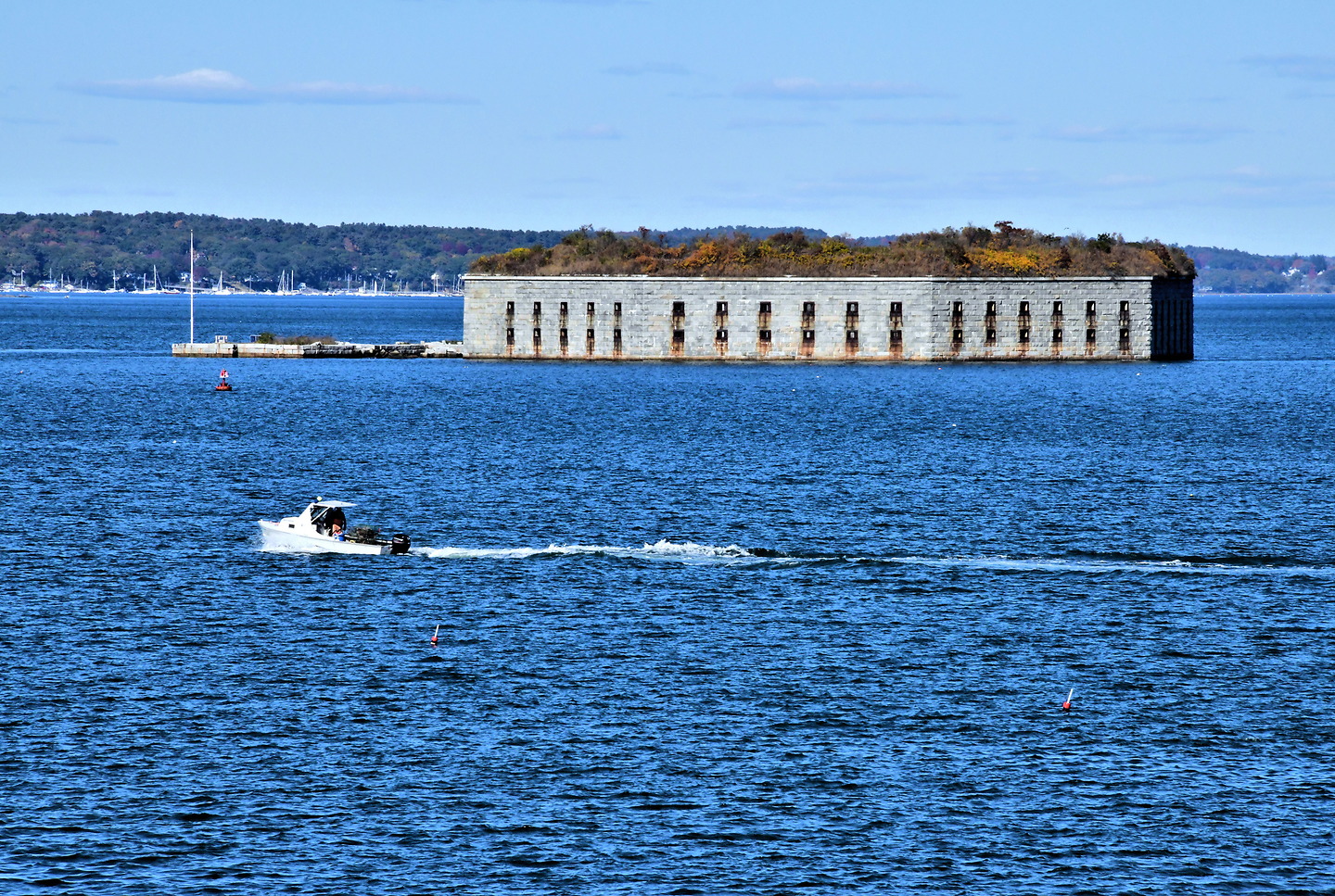In 1623, the first Europeans tried settling on a peninsula sheltered from the Atlantic Ocean by a large waterway filled with islets. Their failed attempt at colonization evolved into Maine’s largest city encircled by Casco Bay. Enjoy the sites, history and charm of Portland, Maine.








